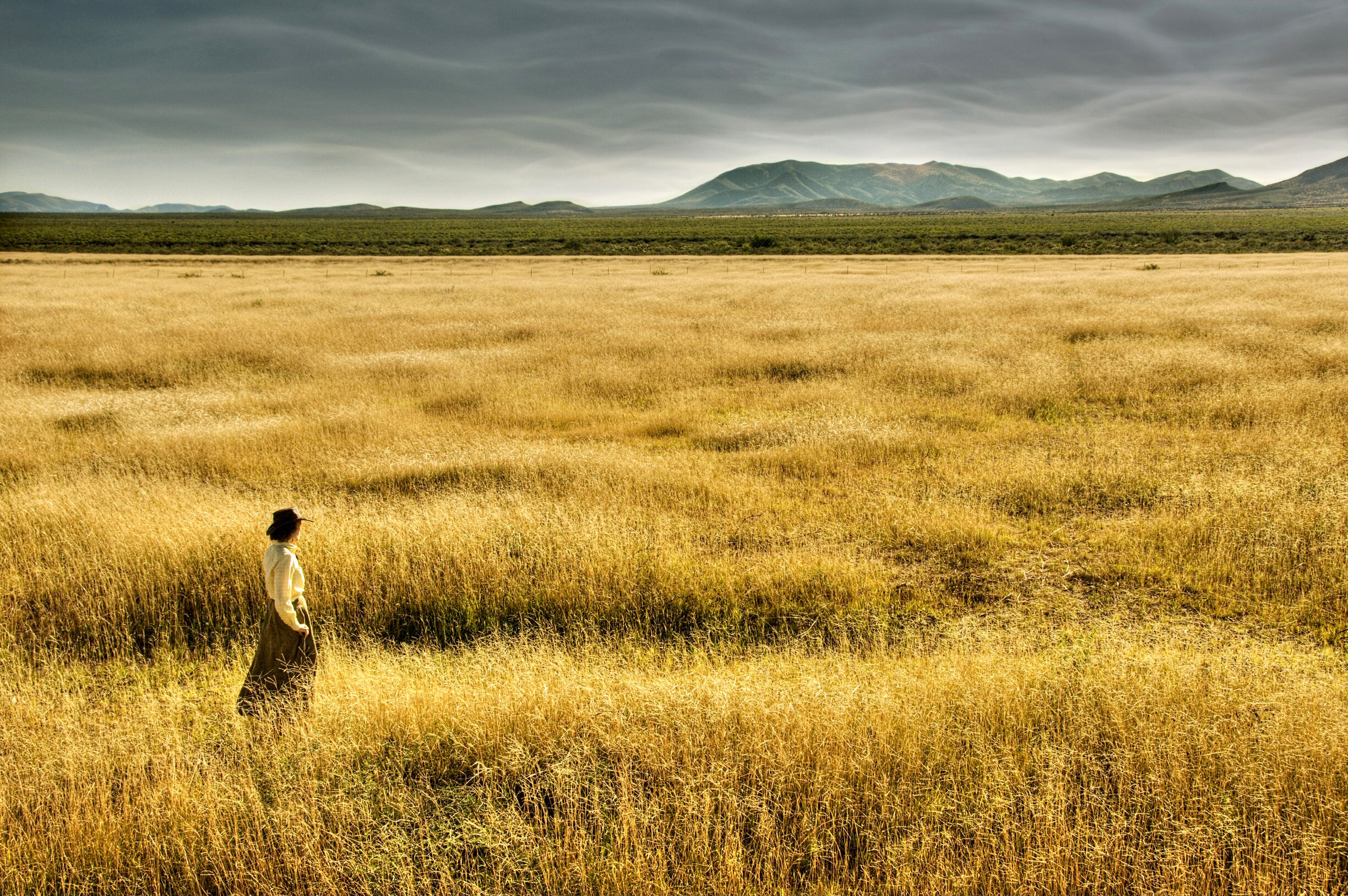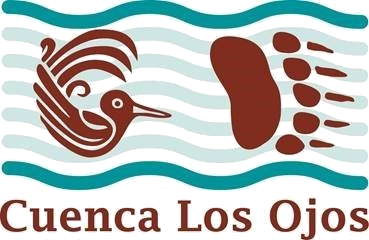
Building Healthy Soils
Healthy soils are the foundation for healthy ecosystems. When Cuenca was first acquired, the soil was nearly bare: hot, dry, and dead. The land had been overgrazed and poorly managed. Our first step was to remove the cattle. We documented rapid improvement on the hillsides in the first and second years: the grasses returned and soil health improved. In the Valle, however, there was little change, even over a period of 15 years. It was not until we ran cattle through the valley, disturbing and fertilizing the soils, that grass began to regrow and soil began to improve. Today, we are monitoring the effects of limited grazing on our restoration efforts and hope to contribute to scientific knowledge about the conservation impacts of large grazers under holistic management.
In addition to cattle, we have used permaculture techniques to improve water infiltration into the soil. Our efforts have included keyline plowing the lower foothills and using a Lawson aerator in lowland areas. Keylining amplifies the natural contours of the land so that precipitation can be absorbed into the ground, and Lawson aeration creates divots in the soil that trap moisture and seeds to facilitate re-vegetation.
Soil health has also been improved with the use of trincheras and berms. Applied to dry washes, these riparian restoration tools slow the run-off of precipitation and allow water to seep into the soil. We have observed an increase in vegetation, particularly shrubs, along washes where these structures were installed.
